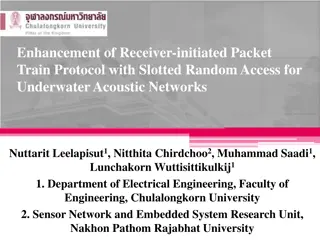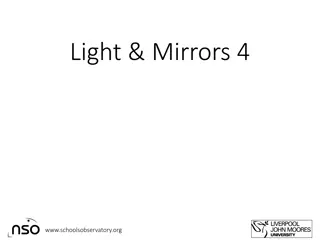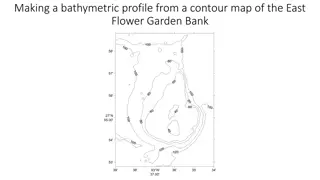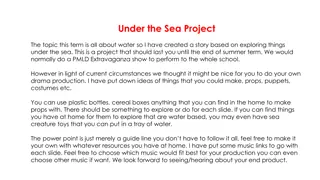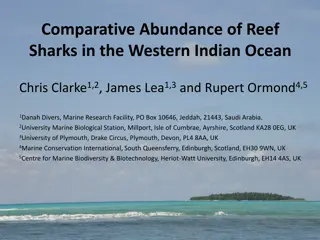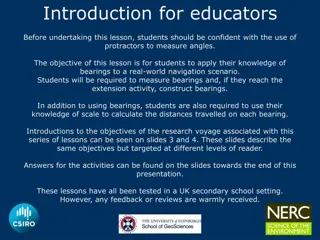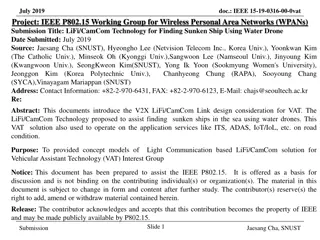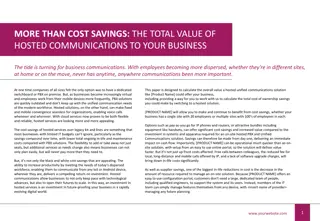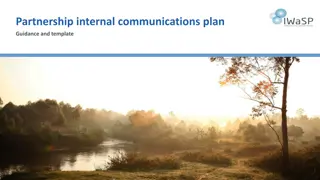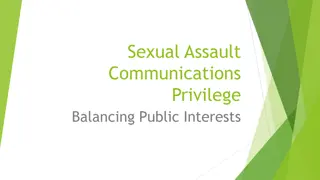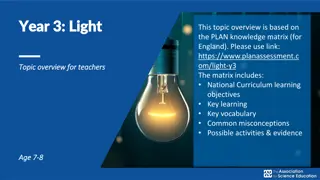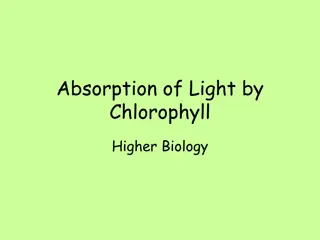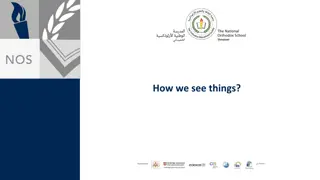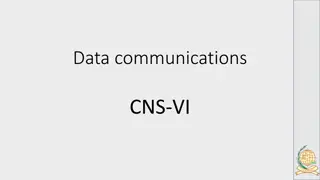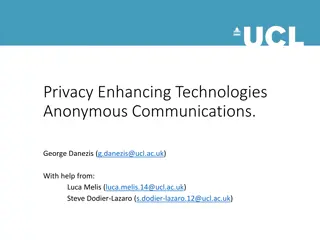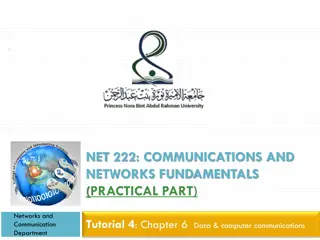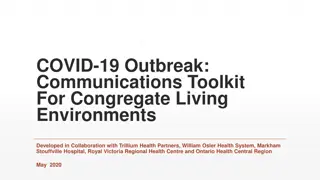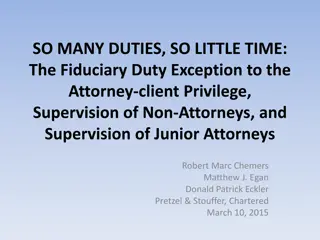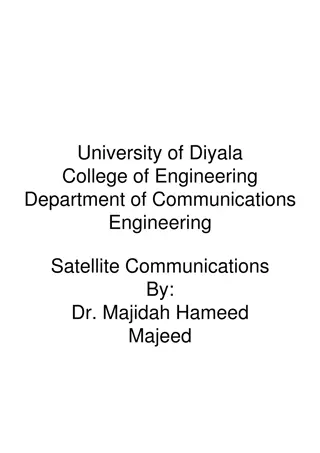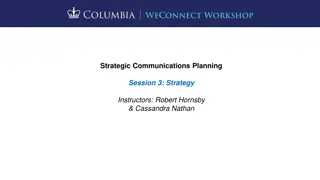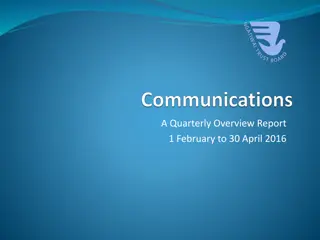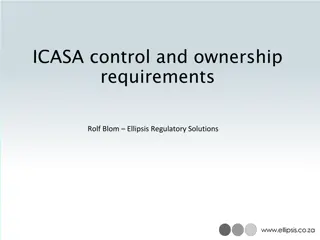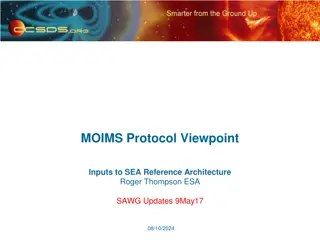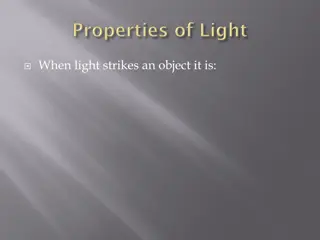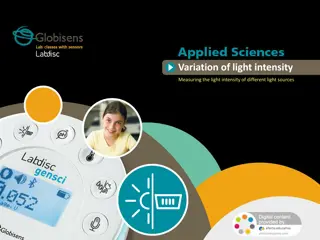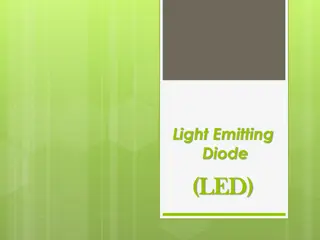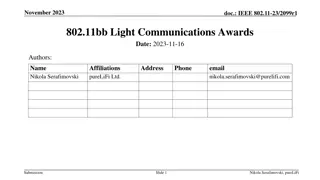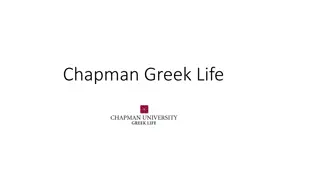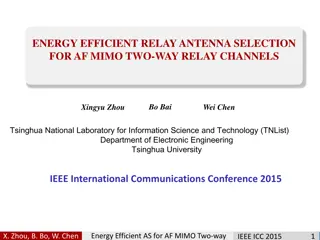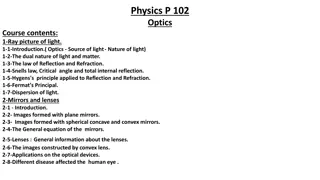Underwater Light Communications in November 2017
Discusses the advantages of light communications (LC) for underwater use, such as high data rate, low latency, and cost-effectiveness. Contrasts LC with acoustic and RF methods, highlighting benefits and limitations. Explores use cases including communication between submarines, divers, oil platforms, and unmanned underwater vehicles (UUVs). Examines traffic conditions, environmental factors, and data rate ranges for short-range underwater light communications.
Download Presentation

Please find below an Image/Link to download the presentation.
The content on the website is provided AS IS for your information and personal use only. It may not be sold, licensed, or shared on other websites without obtaining consent from the author. Download presentation by click this link. If you encounter any issues during the download, it is possible that the publisher has removed the file from their server.
E N D
Presentation Transcript
November 2017 Usage Model: Short Range Underwater Light Communications doc.: IEEE802.11-17/1748r0 Date: 2017-11-07 Authors: Name Alphan Sahin Affiliations Address Phone email rui.yang@interdigital.com Rui Yang 2 Huntington Quadrangle; 4th Floor, South Wing; Melville, NY, USA; 11747 InterDigital, Inc. 6316224141 Submission Slide 1 Alphan Sahin (InterDigital)
November 2017 doc.: IEEE802.11-17/1748r0 Motivation Acoustic communications for underwater: Advantage: Long link range, widely-used technology Disadvantage: Low data rate (the associated bandwidth is in the order kilohertz), large latency (due to the propagation speed of sound), costly and bulky (due to the transduces), may harm marine life RF communications for underwater: Advantage: May be useful on the sea surface, highly tolerant to water turbulence Disadvantage: Short range due to conductive transmission medium (i.e., salinity), bulky devices as they can operate at extra low frequencies (~30-300 Hz) Light communications (LC) for underwater: Advantage: High-data rate (<Gbps), low latency, low cost (e.g., LEDs, PDs), small-form factor Disadvantage: Moderate link ranges (~in order of meters), may be affected from scattering LC provides the highest data rate, the lowest link delay, and the lowest implementation costs as compared RF and acoustic communications for short range under water links [1]. Slide 2 Submission Alphan Sahin (InterDigital)
November 2017 doc.: IEEE802.11-17/1748r0 Use Cases 1. A submarine (as an AP) may provide high date rate LC links to the divers The divers may use their apparatus to communicate with each other while pushing high-data rate video to the submarine and to each other s apparatus [4] An oil platform may be equipped LC APs and communicates with LC STAs (e.g., divers and UUVs) with low-latency for maintenances purposes A ship may acquire data through a sensor mesh equipped with LC devices A diver may acquire sensor information through devices equipped with LC A UUV may be controlled remotely over internet by LC mesh network A UUV may feed the acquired sensory information to an underwater buoy equipped with LC AP by using high-date rate LC links to Internet 2. Oil platform 3. LC AP (4) (1) (3) LC STA Sensor mesh/relays (2) 4. Internet 5. 6. 7. (7) (6) LC AP (5) Distributed mesh Underwater buoy UUV = Unmanned Underwater Vehicle Submission Slide 3 Alphan Sahin (InterDigital)
November 2017 Traffic Conditions and Environment doc.: IEEE802.11-17/1748r0 Traffic Conditions: Environment: - Clear ocean waters (<150-200 m ) - Ordinary ocean waters (<50-75 m) - Coastal waters/Turbid harbor water - Shallow waters (e.g., rivers, lakes) - Blue-green light propagates better as compared to other colors in underwater (around wavelength of 450 nm for clear, deep water, and shifted more towards green for coastal water) Solar radiation may impact the transmitter and receiver design (Near ultraviolet may be better choice) Multipath dispersion from scattering may be negligible until operating at more than 1 Gbit/s data rates [3] The demonstrated data rate range varies between 1-100 Mbit/s with LEDs Short range underwater light communications Submission Slide 4 Alphan Sahin (InterDigital)
November 2017 doc.: IEEE802.11-17/1748r0 References [1] Z. Zeng, S. Fu, H. Zhang, Y. Dong and J. Cheng, "A Survey of Underwater Optical Wireless Communications," in IEEE Communications Surveys & Tutorials, vol. 19, no. 1, pp. 204-238, Firstquarter 2017. [2] Monia Ghobadi et. al, ProjecToR: Agile Reconfigurable Data Center Interconnect , Proceedings of the 2016 conference on ACM SIGCOMM 2016 Conference, August 22-26, 2016, Florianopolis, Brazil [3] John Muth (North Carolina State University), Free-space Optical Communications: Building a 'deeper' understanding of underwater http://www.laserfocusworld.com/articles/print/volume-53/issue-05/features/free-space-optical- communications-building-a-deeper-understanding-of-underwater-optical-communications.html [4] https://www.youtube.com/watch?v=Zu-1-X7pwec optical communications , May 10, 2017 Submission Slide 5 Alphan Sahin (InterDigital)




